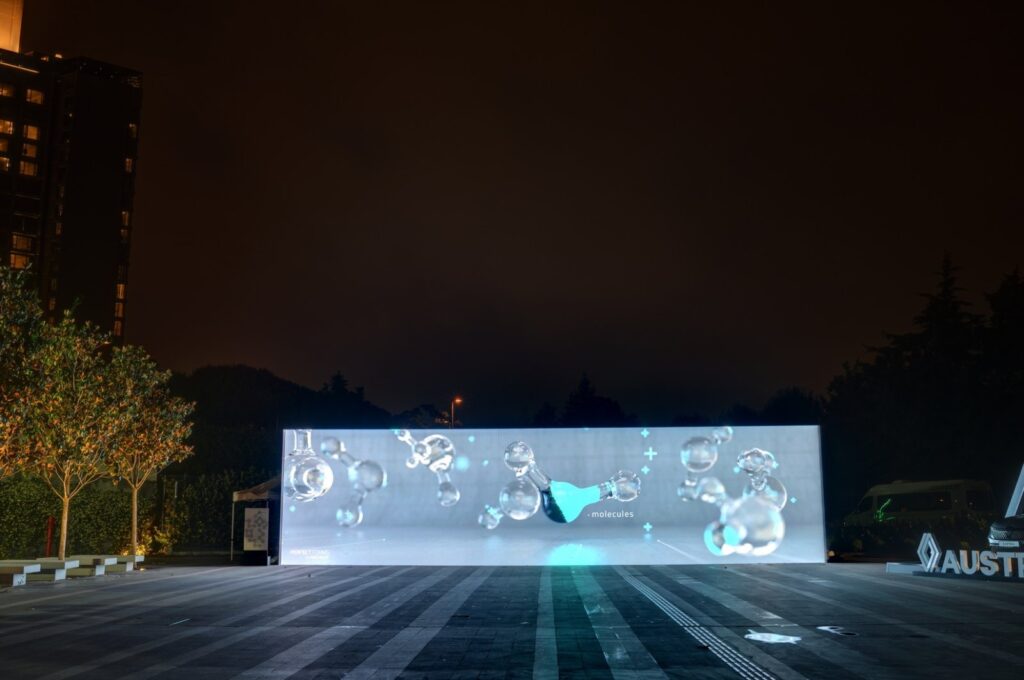
Anna Mirzayan
PITTSBURGH — Food Justice: Growing a Healthier Community through Art, a multimedia group exhibition at Pittsburgh’s Contemporary Craft, is ambitious; it purports to highlight global food insecurity and its place in a complex ecosystem of injustice and inequality, including poverty, racism, climate change, and dubious corporate and governmental practices. It’s fitting, then, that each artist’s work is accompanied by both an object label and a “field guide,” which provides commentary on that work’s thematic relationship to food justice, written by community partners that support related causes, such as food banks, urban gardens, and university food research think tanks.
The inclusion of field guides, which are less direct reflections on each piece and more related ruminations, ingeniously weaves together the works and the issues they represent within the habitats that shaped and naturalized them, complete with signifiers that unite the disparate pieces under the banner of “food justice.”

Xena Ni and Mollie Ruskin’s “Transaction Denied” (2019) features dozens of receipts hung from the ceiling, all from failed SNAP purchases stemming from D.C.’s 2016 introduction of an untested computer program for benefits. The papers form a delicate yet intimidating alcove that invites viewers to enter and listen to testimony from thousands of plaintiffs who sued the city after the program’s systemic failure left them unsure where their next meals would come from.
Stephanie Herr’s meticulously assembled cardboard relief sculptures of carrots, rabbits, and cuts of beef and pork in styrofoam containers are made from dozens of hand-cut photographs layered on top of each other to form 3D images. The visually stunning yet sterile flesh and fur mimic the coldness of walking down grocery store aisles, procuring pieces of plants and animals whose own rich biospheres are a distant ancestral memory.

At first glance, Monsantra Plant Bots and Community Hydroponic Garden, both projects by Wendy DesChene and Jeff Schmuki from 2019, use living flora in contrasting ways; the former consists of what looks like lengthy, verdant grass adhered to two sets of remote-controlled monster truck wheels. As the title suggests, the piece merges Monsanto GMO seedlings with robotics, producing a comical hybrid that portends a somber future for agriculture. The edible plants in Community Hydroponic Garden grow from their machines, fed by carefully distilled water into porous, pH-neutral ceramic containers tended throughout the show by community members who actually harvest the yield for food. Perhaps this garden of “working water” (hydroponics) is actually another creation of the plant bots, showing us an alternate future of sustainable food that melds human communal labor and technology. As this project asks “where does our food come from?” it is accompanied by a field guide that talks about what globalized capitalism has done to food sovereignty.
One of the most compelling and intricate pieces in the show is “Passages” (2021), a collaboration between photographer Gavin Benjamin and glass artist Jason Forck. The installation features a table laden with glassware patterned with delicate swirls, set in front of large, glossy photographs of a Guyanese feast. Colors from the Golden Arrowhead (the flag of Guyanese independence) accent the objects. Using images of things like British money stamped with the picture of the Queen, colonial Guyanese architecture and traditional Guyanese dishes — accompanied by written explanations of the significance of foods in Guyanese culture and the history of colonial occupation — printed on the table beneath the glass pieces, the artists draw attention to the colonization of food via the cuisine of the former Dutch (and later British) colony, tracing trade routes from the slave trade to contemporary import/export businesses.

Hunger is a universal issue. Food Justice urges its audience to wander among ceramics, glassware, paper, photography, and video and discover not only the questions each work raises about how food is grown, harvested, and distributed, but also the way these intersect within the sphere of contemporary globalized capitalism. While it may be strange to think of food insecurity as a basis for art, the works reveal barriers and injustices in food access. By setting these works in a museum, which often feels like its own artificial space, and thoughtfully curating field guides that turn audiences from gallery-goers to amateur naturalists, cataloging the artworks in ways that relate to the viewers’ own experiences, Food Justice reminds us that these issues aren’t natural; they are species of social ills allowed to proliferate.
Courtesy: hyperallergic
The post Artists find creative ways to raise food insecurity awareness appeared first on The Frontier Post.








